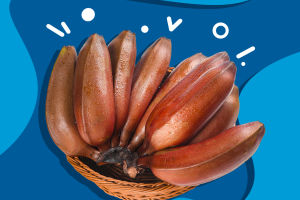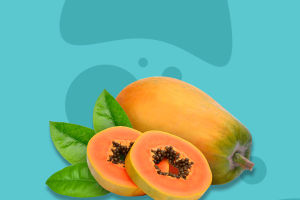Honey
Honey is a supersaturated solution of sugar made by bees. It crystallizes at low temperatures. What crystallizes is glucose, and what doesn't crystallize is mostly fructose.
When bees go out to find flowers, they use long, water-pumping kisses to suck the nectar into a honey pocket inside their bodies. When the sac is full, the bees fly back to the hive and spit the nectar in the sac into the nest, and then the next step is brewing by the internal bees in the hive.
The bees do this by constantly flapping their wings and moving their bodies. Physically remove excess water from the nectar.
Reduce the water content from about 60% to less than 18%, forming a high concentration of liquid. Bees also secrete digestive enzymes that reduce sucrose to less than 5% and convert glucose and fructose to between 65% and 80%.
It usually takes seven to 15 days for bees to produce capped, ripe honey from thin flowers.
Natural honey is made by bees gathering nectar from flowers. They come from the inner or outer nectaries of plants. Usually what we call honey is natural honey, because it comes from different plants.
It is also divided into a plant flowering period as the main body of a variety of single nectar, such as orange nectar, tilia honey, lychee honey, etc.
Bees collect nectar from only one plant at a time. Most honey often contains pollen or nectar from several types of plants. In general, honey is named after the flower names of one or more of the main sources.
Generally speaking, single nectar is the pollen proportion of the nectar source plant dominated. But many plants flower at the same time and get honey because it has more than two kinds of pollen mixed.
Nectar honey is honey made by bees collecting nectar or insect metabolites from the leaves or stems of plants. The aphid takes the SAP of the plant and it works through the digestive system, taking the protein and the sugar.
Then the excess sugar and water are excreted and sprinkled on the leaves and branches of the plants, which the bees use to make nectar.
Honey that naturally contains active enzymes cannot be heated above 60 degrees Celsius. Otherwise, the active enzymes will denature and deactivate at high temperatures, destroying the nutrients in them.
Honey tastes sweet when brewed in warm or cool water, but sour when brewed at higher temperatures.
Honey is high in nutritional value and is so common that it is a popular tonic. Honey is rich in nutrients and active ingredients that have the following benefits.
1. Relieve fatigue. Of all natural foods, honey has the highest amount of energy needed by brain neurons. The fructose and glucose in honey can be absorbed by the body and used to relieve fatigue.
2. Eliminate food accumulation. Honey can promote the normal secretion of stomach acid, enhance the effect of intestinal peristalsis, can shorten the defecation time.
3. Sleep calmly. The glucose, vitamins, magnesium, phosphorus, and calcium in honey regulate nervous system function. Relieve nervous tension and promote sleep.


